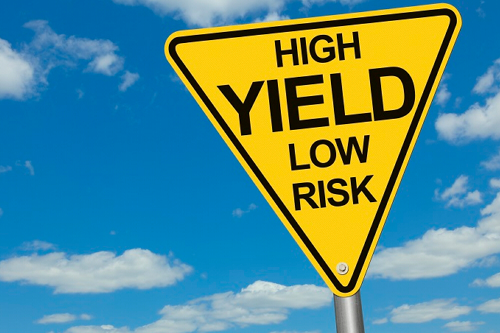Investing – Beginner’s Guide
If your savings goal is more than five years away, putting some of your cash into investments could allow you to earn more from your money and keep up with rising prices.
What are investments?
Investments are something you buy or put your money into to get a profitable return.
Most people choose from four main types of investment, known as ‘asset classes’:
1. Shares – you buy a stake in a company
2. Cash – the savings you put in a bank or building society account
3. Property – you invest in a physical building, whether commercial or residential
4. Fixed interest securities (also called bonds) – you loan your money to a company or government
There are other types of investments available too, including:
1. Foreign currency
2. Collectibles, such as art and antiques
3. Commodities like oil, coffee, corn, rubber or gold
4. Contracts for difference, where you bet on shares gaining or losing value
The various assets owned by an investor are called a portfolio.
As a general rule, spreading your money between the different types of asset classes helps lower the risk of your overall portfolio under performing – more on this later.
Returns
Returns are the profit you earn from your investments.
Depending on where you put your money it could be paid in a number of different ways:
1. Dividends (from shares)
2. Rent (from properties)
3. Interest (from cash deposits and fixed interest securities).
4. The difference between the price you pay and the price you sell for – capital gains or losses.

How fees reduce investment returns
Managing investments takes time and money and service providers will charge a fee.
This cost can eat into the returns you’ll receive and it’s something you should ask about before you invest.
Our popular investments guide indicates the sorts of fees to look out for, or you can get an overview for all investments by following the link below.
Risks
None of us likes to gamble with our savings but the truth is there’s no such thing as a ‘no-risk’ investment.
You’re always taking on some risk when you invest, but the amount varies between different types of investment.
Money you place in secure deposits such as savings accounts risks losing value in real terms (buying power) over time.
This is because the interest rate paid won’t always keep up with rising prices (inflation).
On the other hand, index-linked investments that follow the rate of inflation don’t always follow market interest rates.
This means that if inflation falls you could earn less in interest than you expected.
Stock market investments might beat inflation and interest rates over time, but you run the risk that prices might be low at the time you need to sell.
This could result in a poor return or, if prices are lower than when you bought, losing money.
When you start investing, it’s usually a good idea to spread your risk by putting your money into a number of different products and asset classes.
That way, if one investment doesn’t work out as you hope, you’ve still got your others to fall back on.
This is called ‘diversifying’. Find out more in our guide below.
When should you start investing?
If you’ve got plenty of money in your cash savings account – enough to cover you for at least six months – and you want to see your money grow over the long term, then you should consider investing some of it.
The right savings or investments for you’ll depend on how happy you’re taking risks and on your current finances and future goals.








